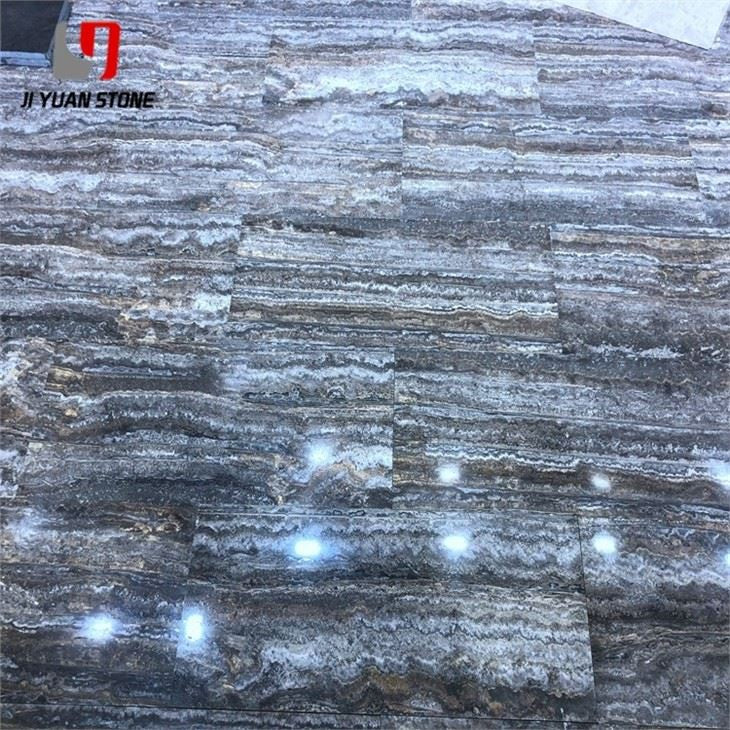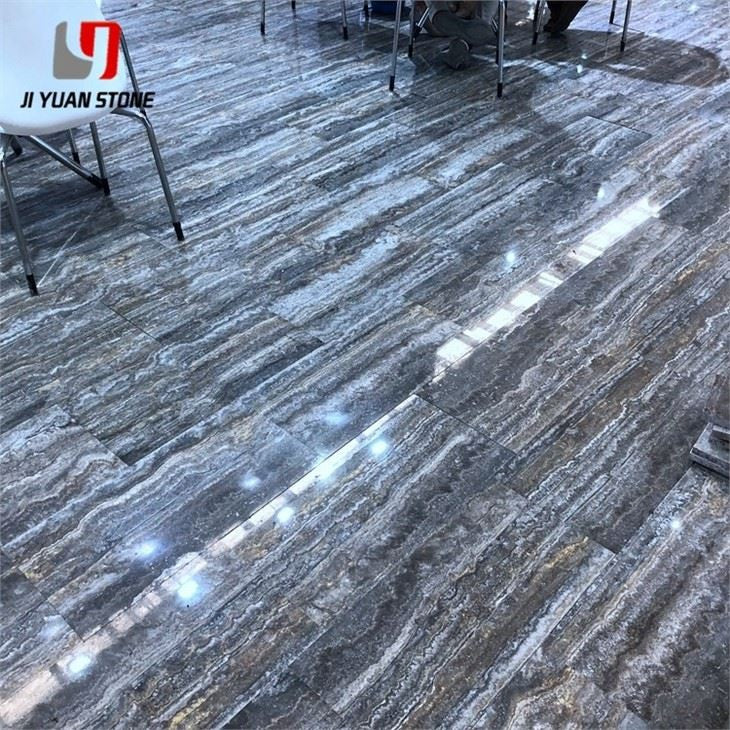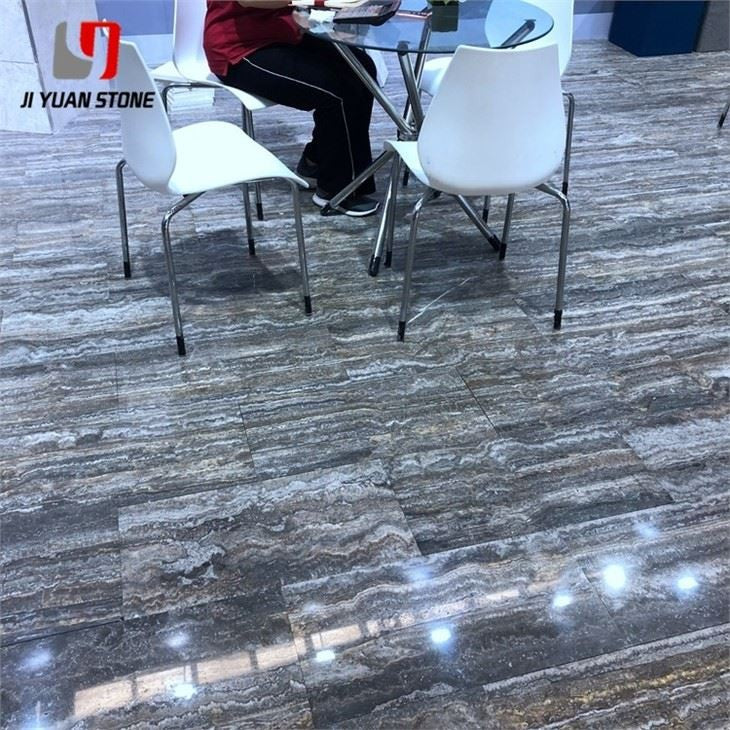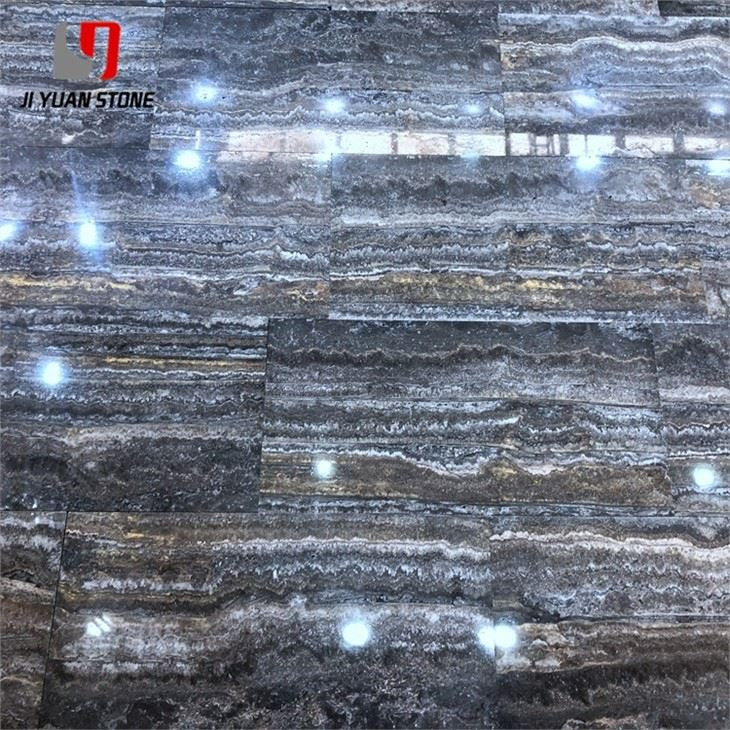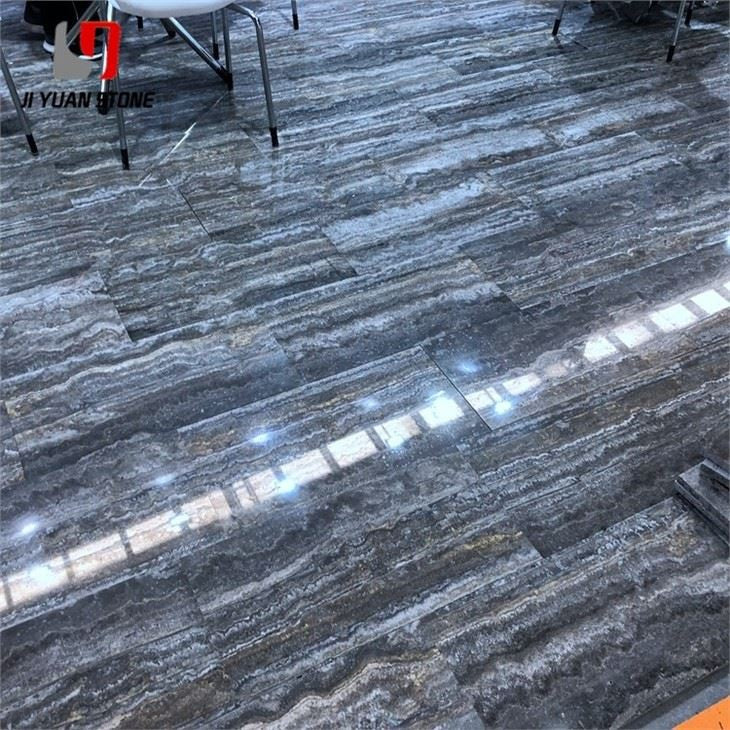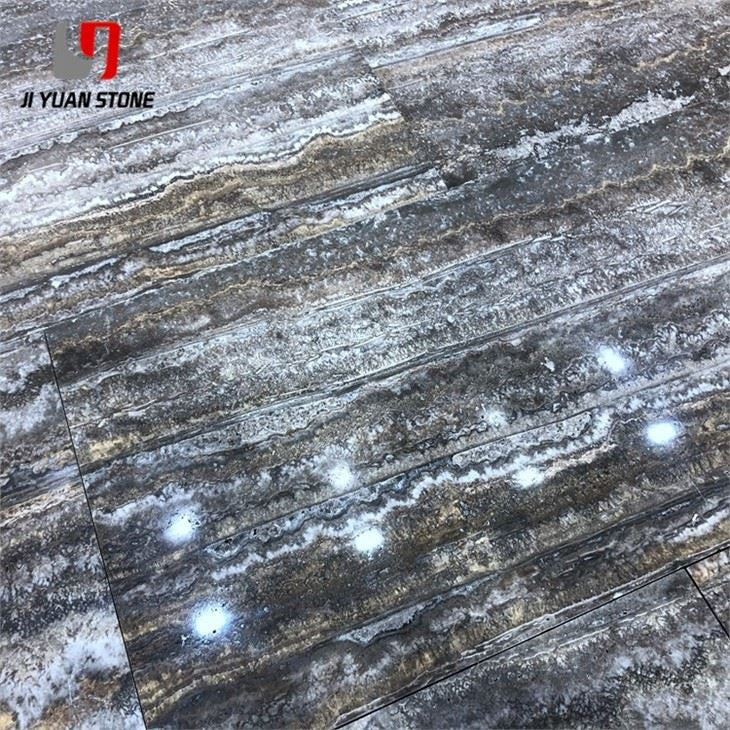Gray Travertine Tile
Gray Travertine Tile
Gray Travertine Tile – Elegant Look, Expert-Approved Quality
Experience the timeless elegance of our Gray Travertine Tile. Made from natural stone, our tile features a unique blend of gray hues that adds a sophisticated touch to any space. With its durability and versatile design, our tile is the perfect choice for achieving a classic and luxurious look.
| Feature | Details |
|---|---|
| Material | Natural travertine |
| Colour | Silver, Grey |
| Thickness | 15mm , 16mm , 18mm , 20mm or customized |
| Slab sizes |
|
| Tile sizes | 300x300mm ; 600x600mm; 450x450mm etc |
| Surface | Polished |
| Edge processing | Machine cutting, round edge etc |
| Packing | Seaworthy wooden crate, pallet |
Upgrade your interiors with the timeless elegance and natural charm of Gray Travertine Tile. With subtle gray tones and gentle veining, this natural stone tile is perfect for creating modern, sophisticated spaces—from living rooms and kitchens to bathrooms and hallways.
But when it comes to selecting authentic travertine, many homeowners rely on simple at-home tests to determine quality. Are these methods reliable? We asked industry experts to weigh in.
🧪 Expert Interpretation of Simple Gray Travertine Tile Test Methods
When buying gray travertine tile for your home, popular DIY tests like the ink drop or vinegar test are often used. However, experts say these tests may not always tell the full story.
❌ Misconception 1: The Ink Drop Test
Claim:
Place a drop of ink on the back of the tile—if it spreads, the tile is low-quality; if it doesn’t, it’s high-quality.
Expert Insight:
This method only tests water absorption, not overall tile quality.
- A low absorption rate may indicate good density.
- But protective coatings on modern tiles can also prevent ink from penetrating—giving false impressions.
- Worse, water-repellent backs might reduce bonding strength with cement adhesives.
✅ Conclusion:
Low water absorption on the front is ideal. But for proper installation, the back of the tile should remain bond-friendly for cement-based adhesives.
❌ Misconception 2: The Vinegar Test
Claim:
Real marble reacts with vinegar by fizzing or roughening, proving authenticity.
Expert Insight:
True, calcium carbonate (the main component of marble) reacts with acid.
But:
- Most gray travertine tiles are sealed, reducing surface reaction.
- A lack of visible reaction doesn’t mean the tile is fake—just treated.
✅ Conclusion:
The vinegar test is only valid on untreated stone and is not a reliable test for authenticity.
🧠 Final Takeaway from Experts:
DIY testing can be misleading. For the best results:
- ✔️ Ask for certified lab reports on density, porosity, and authenticity.
- ✔️ Trust reputable suppliers with proven expertise.
- ✔️ Rely on expert evaluation over simplified home tests.
🏡 Why Choose Our Gray Travertine Tile?
- ✅ Premium-grade, naturally sourced travertine
- ✅ Beautiful gray shades with timeless appeal
- ✅ Certified for low water absorption and strong adhesion
- ✅ Suitable for residential and commercial interiors
- ✅ Expert-verified for safety and durability
Perfect for floors, walls, backsplashes, and more, our Gray Travertine Tile offers enduring beauty backed by professional assurance.
Bring peace of mind to your space—choose Gray Travertine Tile from trusted experts.
✔️ Elegant. ✔️ Authentic. ✔️ Professionally tested.
Share
